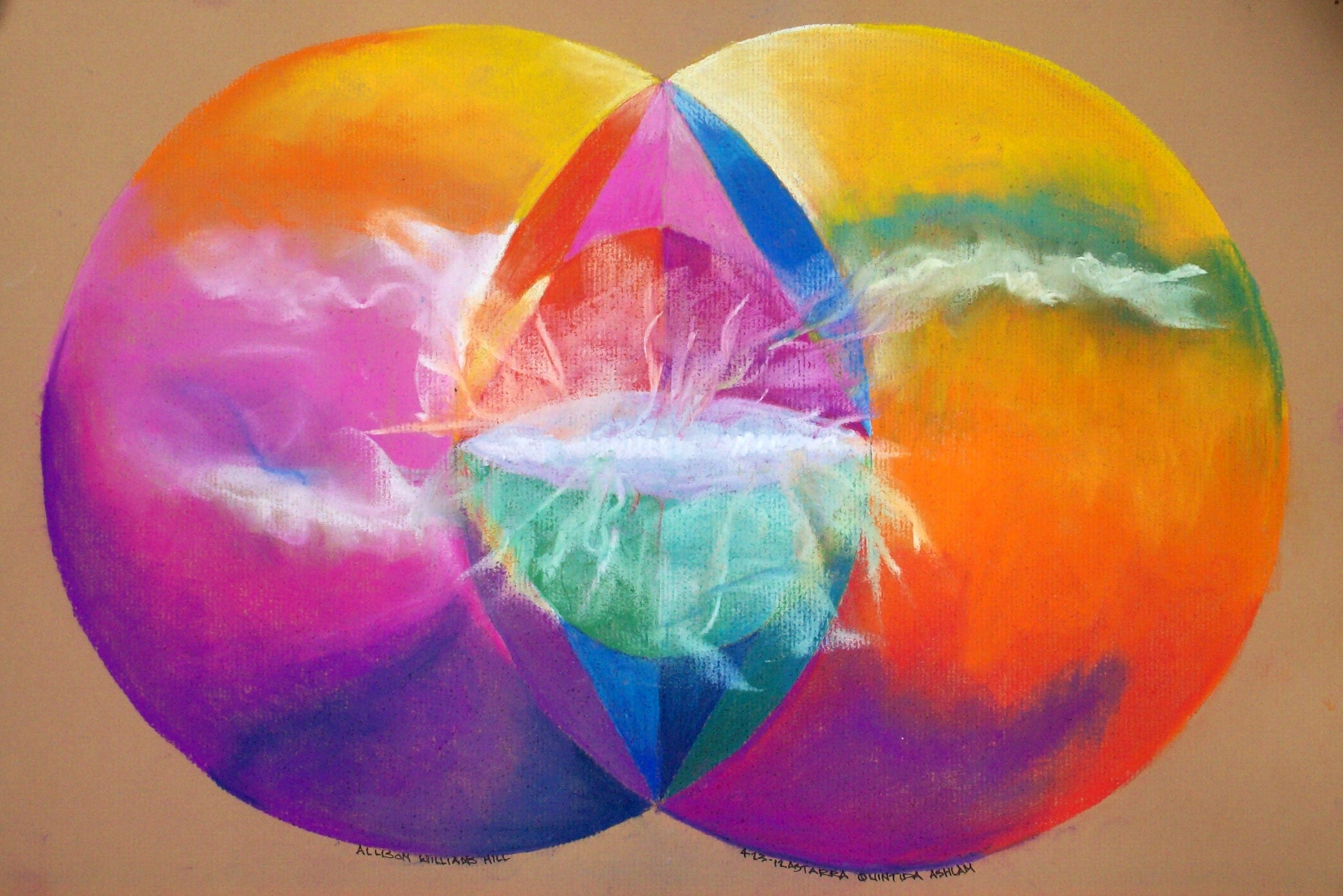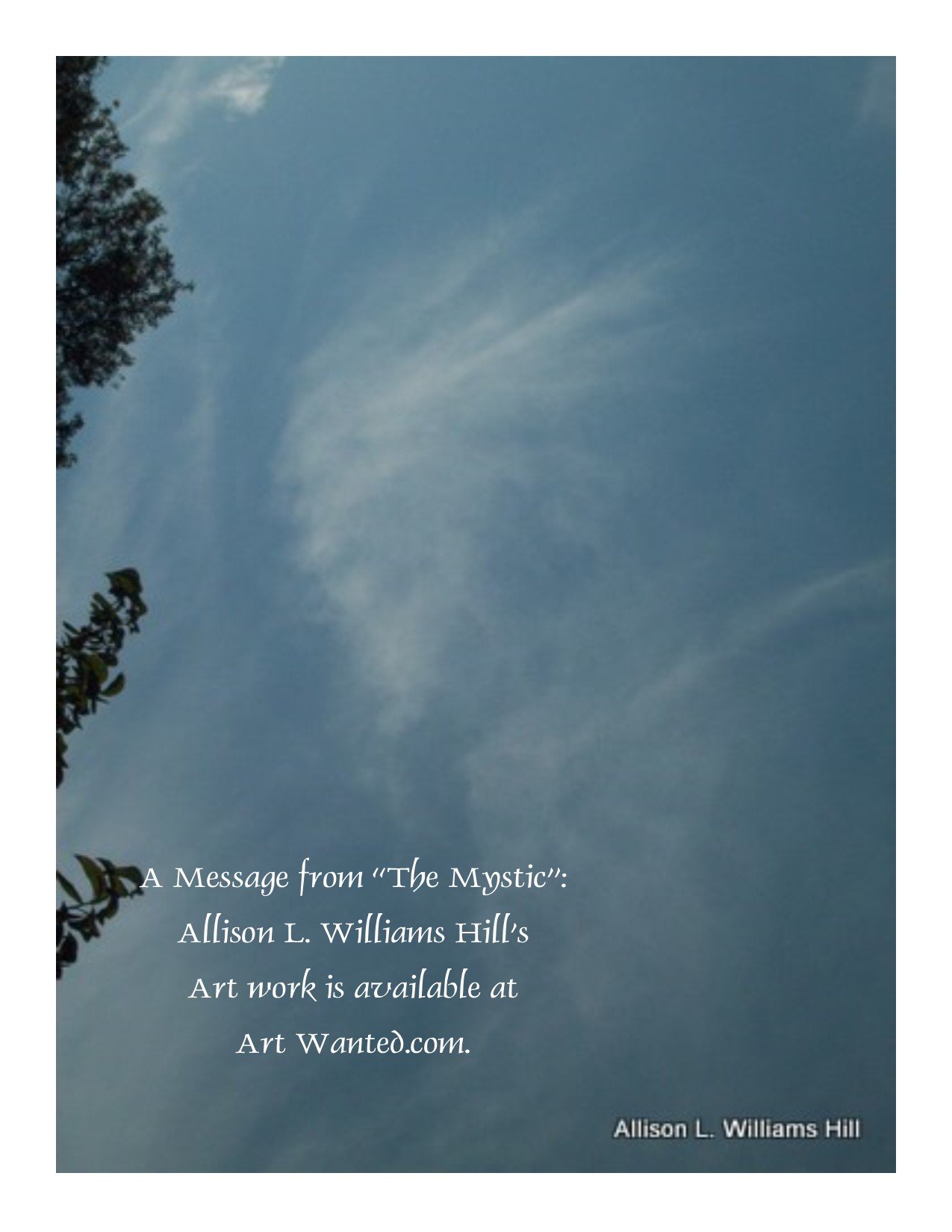Photographs by Dr. Clement E. Hill, II
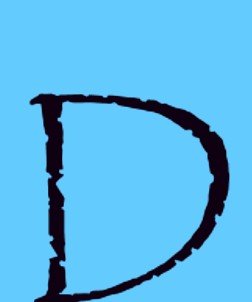
r. Clement E. Hill, II, took photographs during his time in Thailand during the Tet Offensive between 1967 to 1968.Photographs included on this pager are of some I took of him.
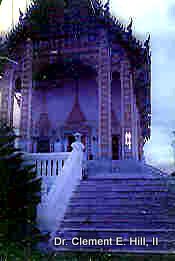
Thai Temple by Dr. Clement E. Hill, II
He was enrolled in college, having transferred from an institution in the midwest to New York City. When the Draft Board called the dean in New York it was clear he was matriculated for the coming semester. The Draft Board's response was that he did not notify them, therefore, he was eligible to be drafted.
Dr. Hill went to the Army Recruiting Office in White Plains to report. The recruiting officer said to him, "We got you!" The recruiting officer looked in his face, the only child, the only male child of a family, and said, "We are doing our part to cleanse the inner city." He left and went to the Air Force recruiting office next door.
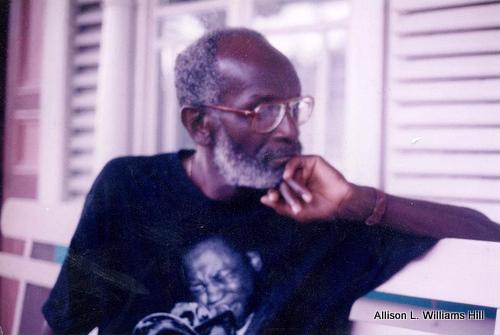
Dr. Clement E. Hill, II in Guyana, SA by Allison L. Williams Hill
Dr. Hill was stationed at an Air Force
base in Thailand. The Veteran's Administration informed me that since
he was in a non-combat zone he was not entitled to any benefits. The VA
was more interested in my insurance coverage than in what they could do
for him.
My husband limits what he shares with me about his time there.
He did tell me about the huge amount of explosives the NVA planted at
the base. The cache was found within two minutes of detonation. He
remembers several attempts to destroy the base.
Weather manipulation was used during the conflict. My husband remembered it snowed for a period of time. The temperature, in this tropical zone, dropped to the 30s. Thailand does have mountains. The air force base was not located there. Soldiers were issued parkas. The natives were not. Several Thais died from the cold.
Dr. Hill went to visit this recruiting officer when he returned from Thailand. The officer was reassigned.
More images of realism and beauty that Dr. Hill brought back with him will be shown soon.
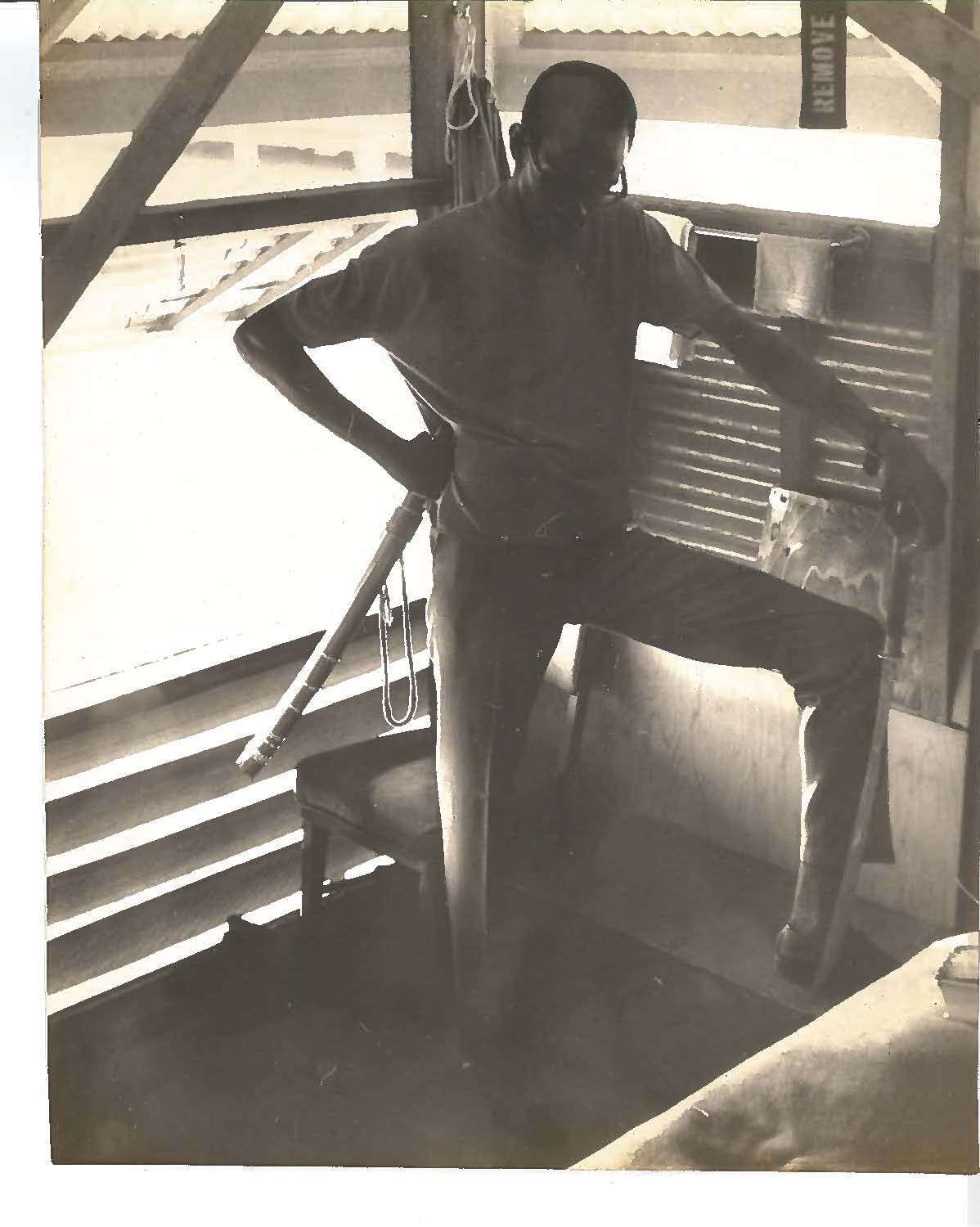
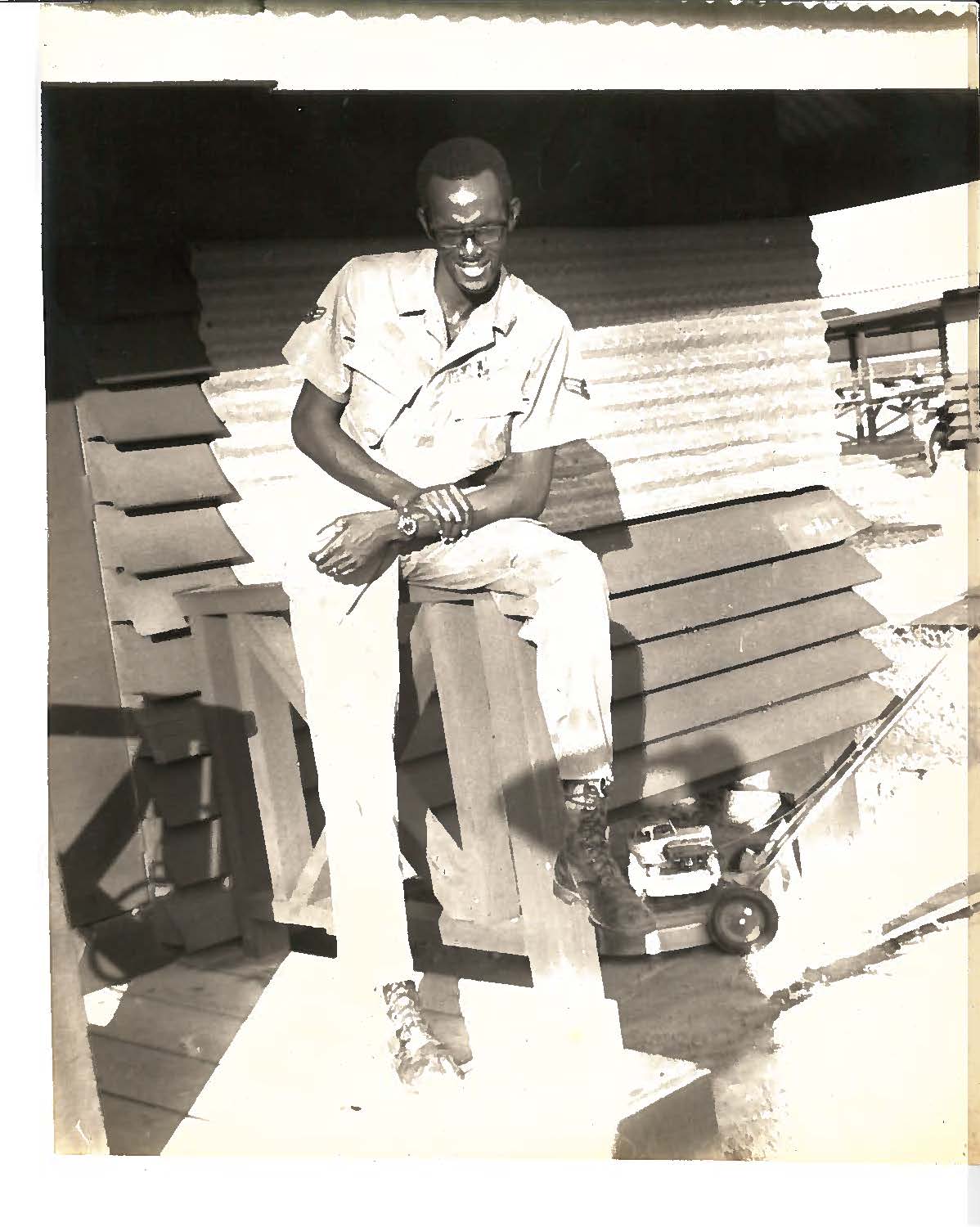
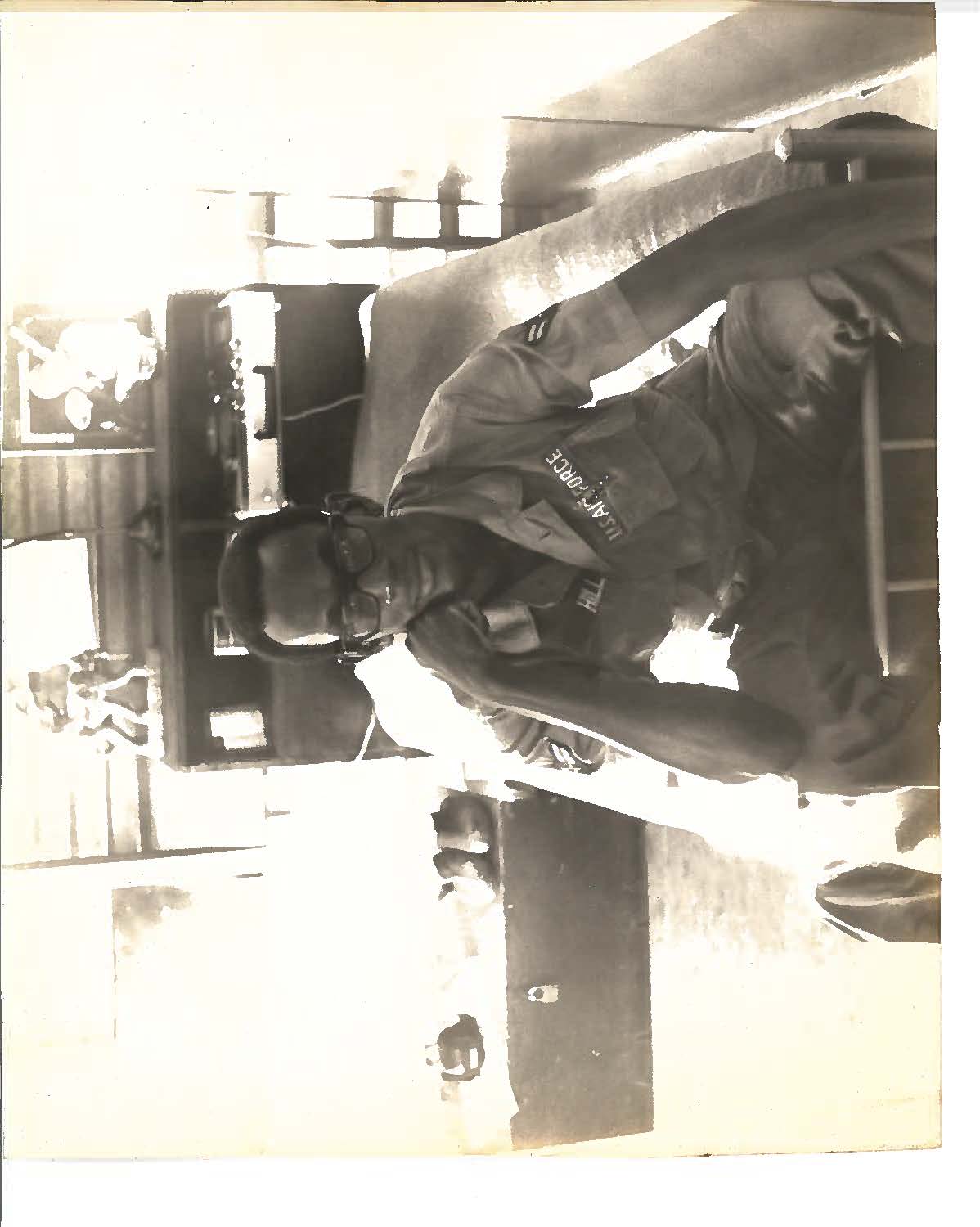
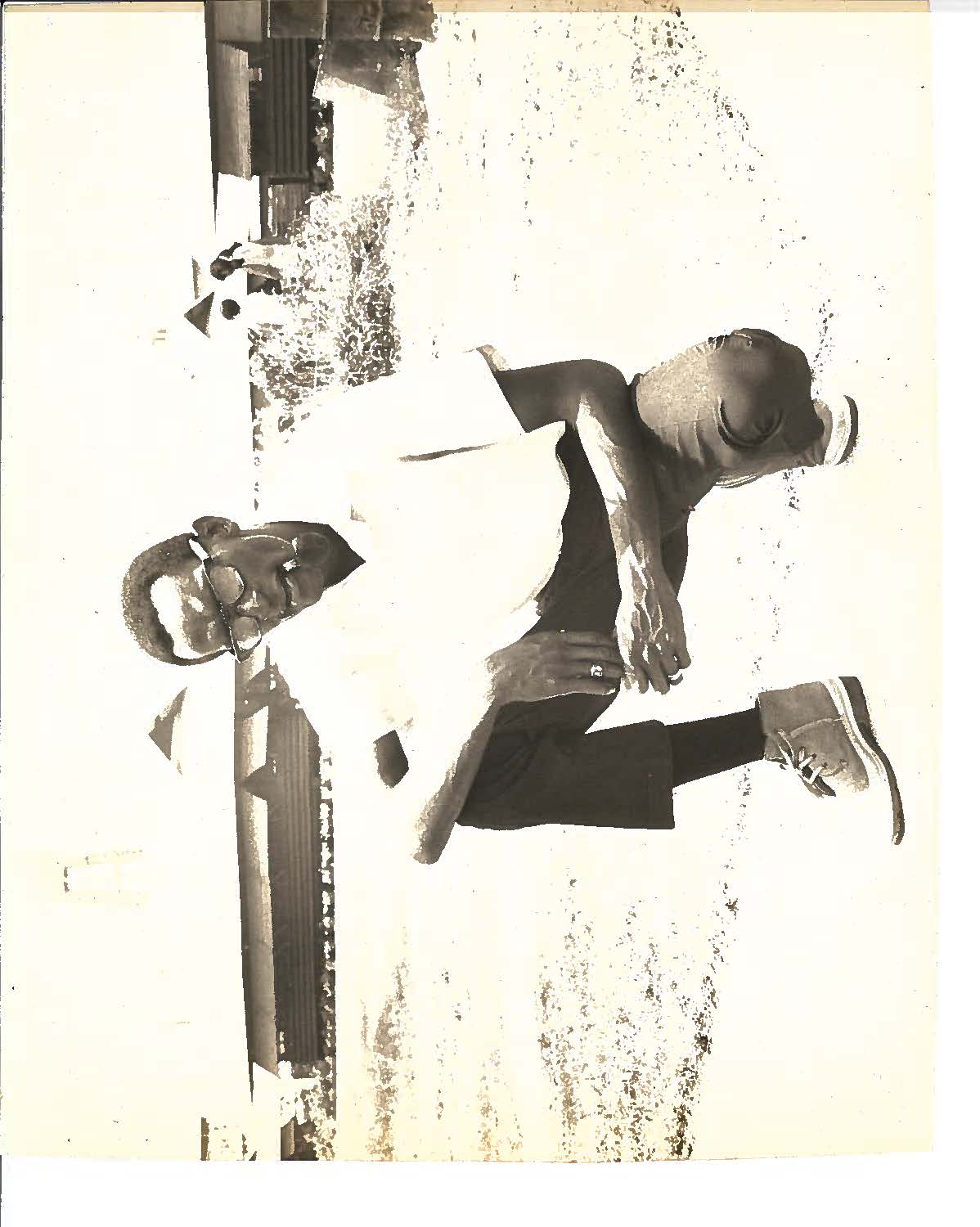
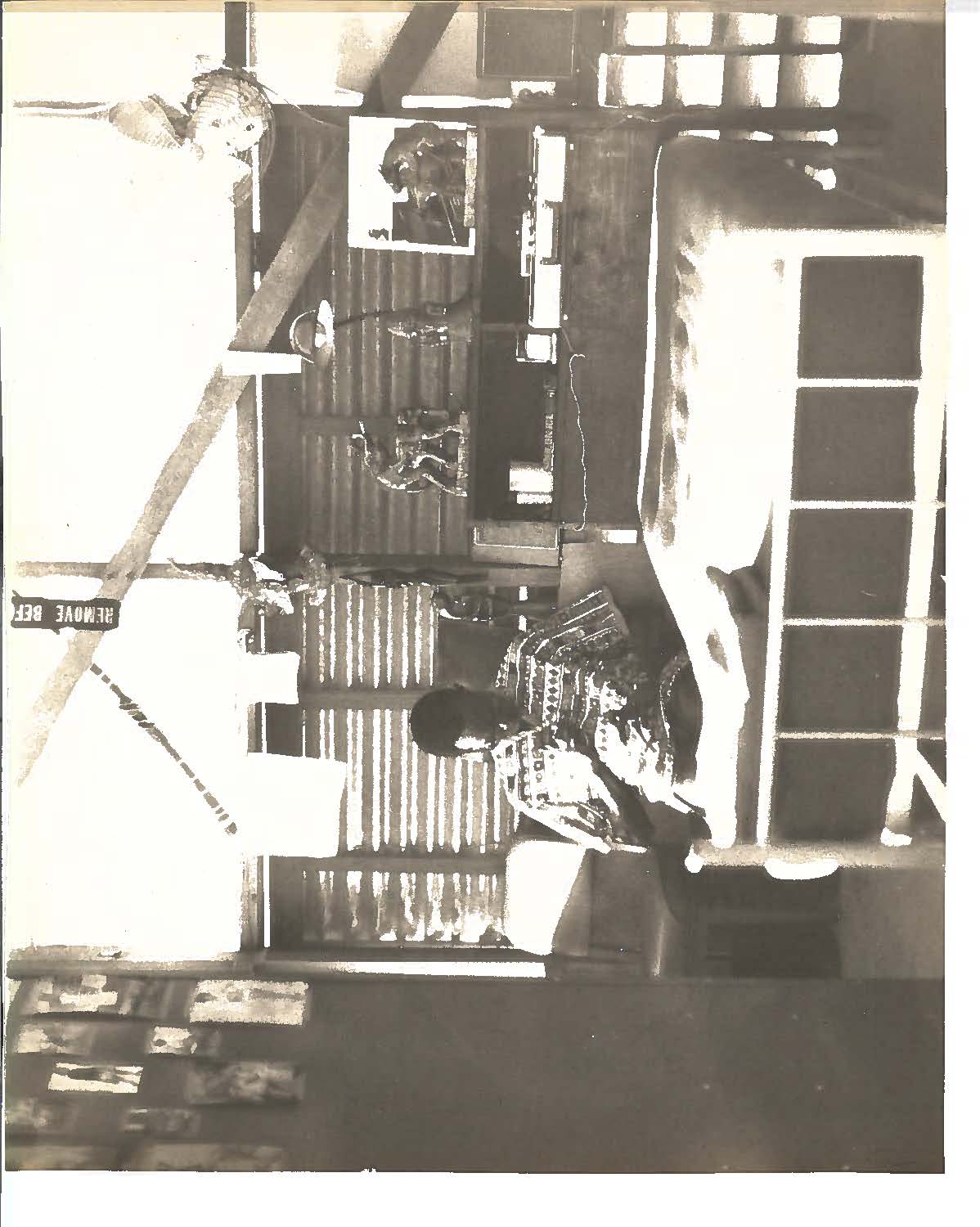
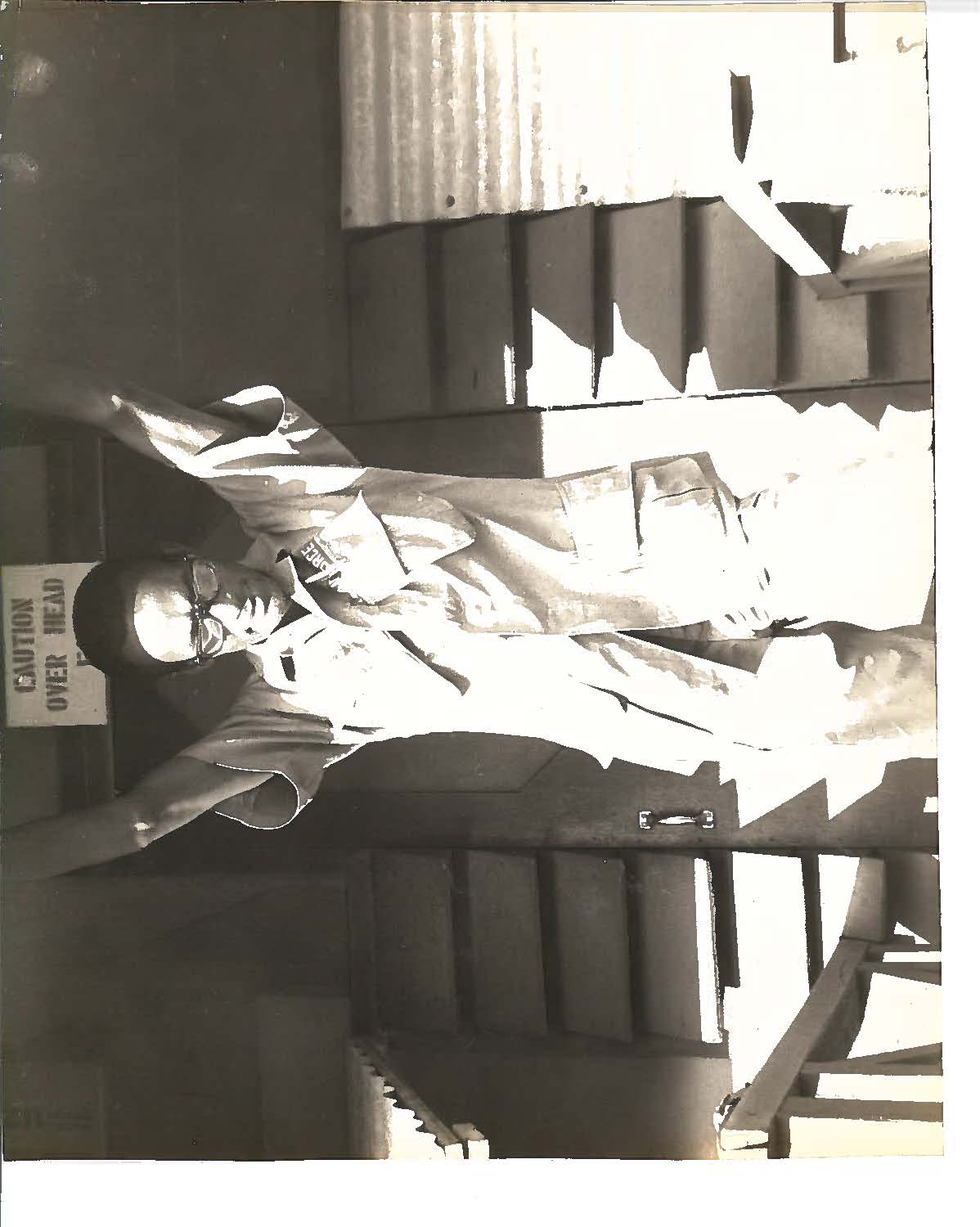
The images above were taken in Thailand while Clem was stationed there .
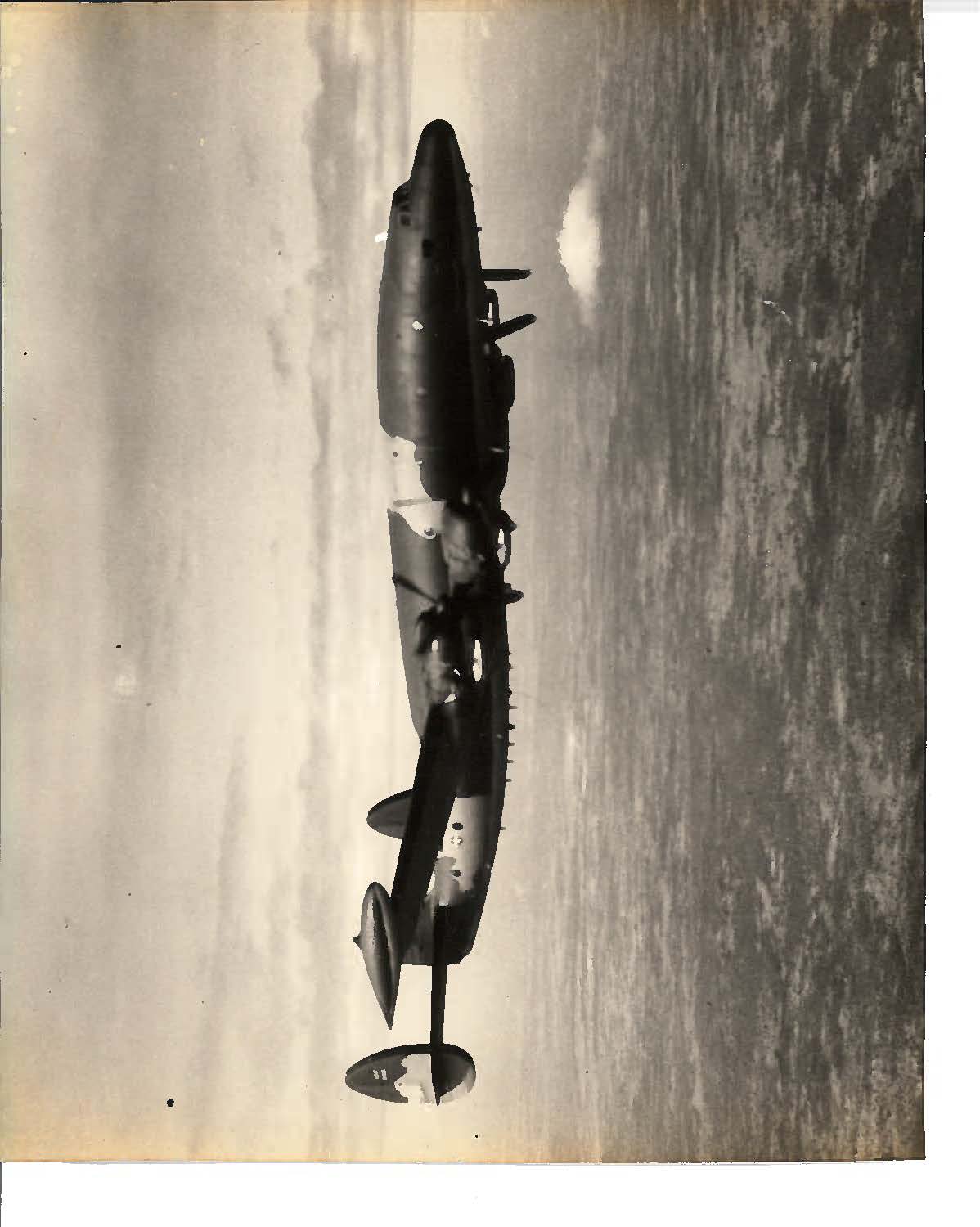
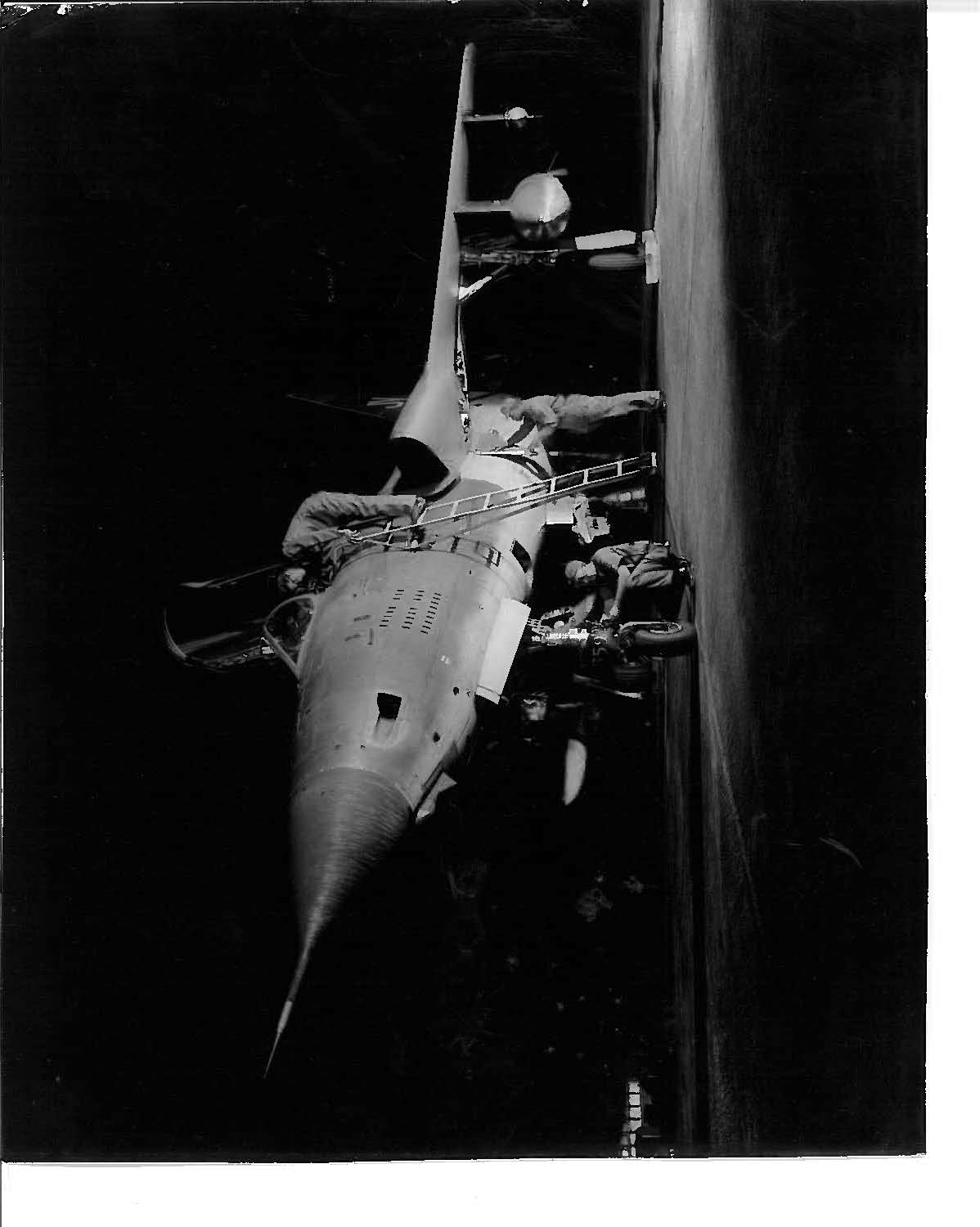
Images of jets flown during the Viet Nam Conflict taken by Clement E. Hill, II
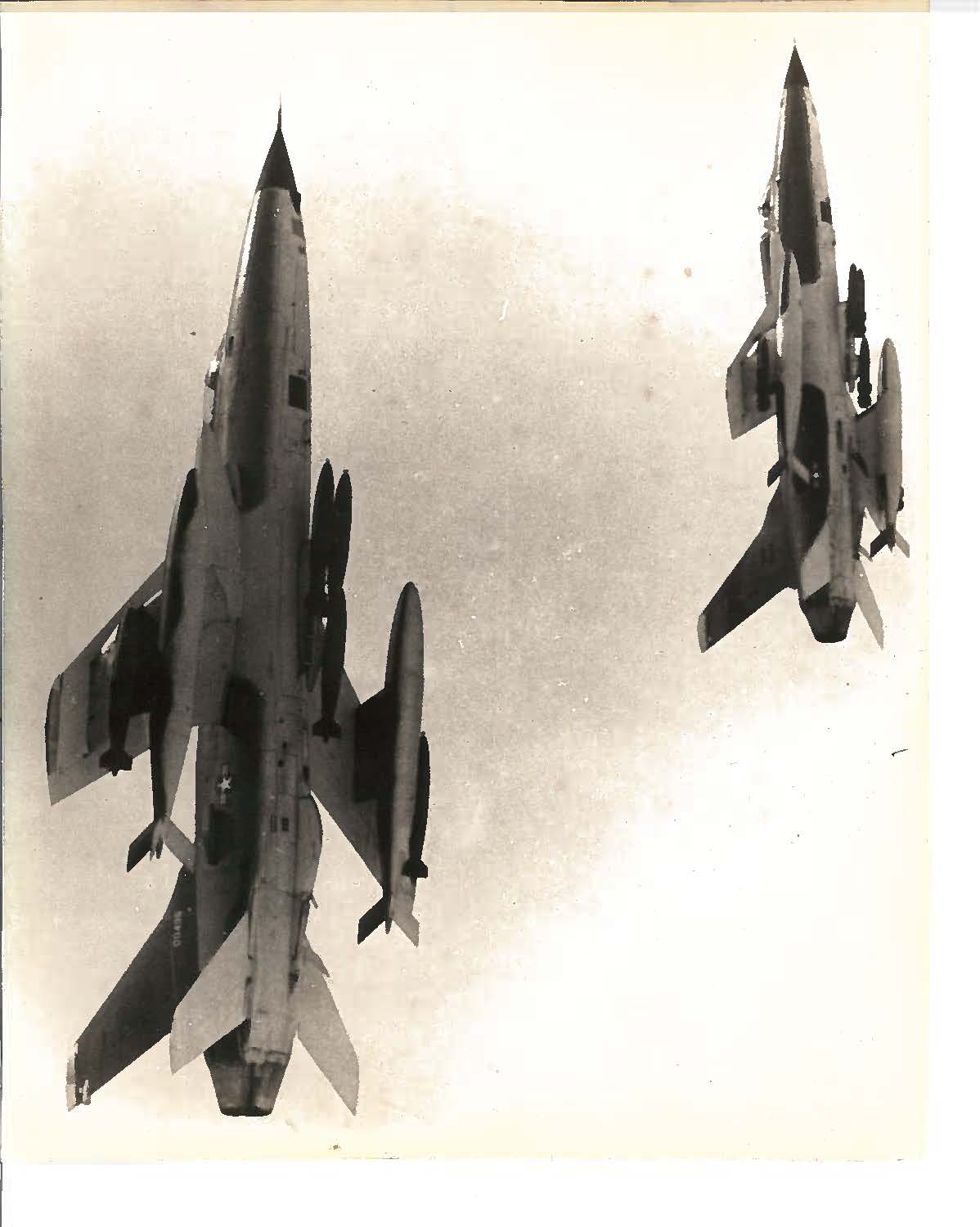
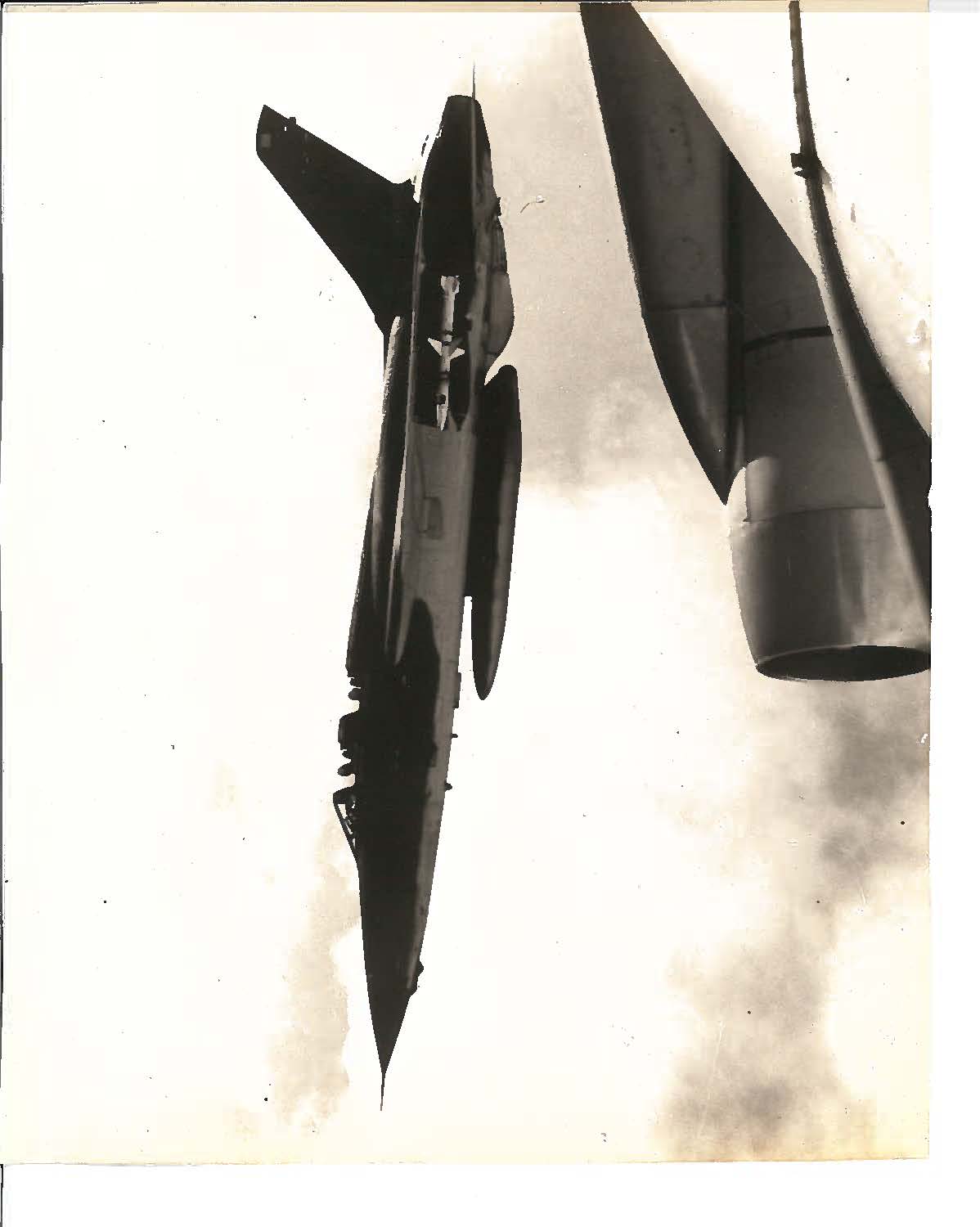
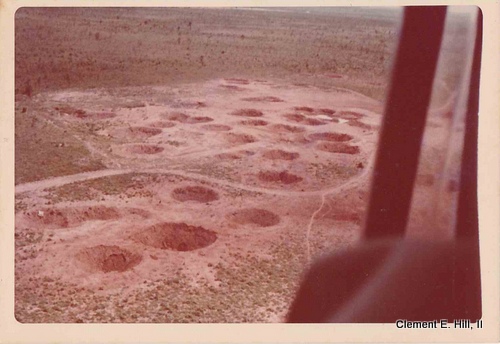
This phot is a sample of bombed out areas across Southeast Asia. I thought about water accumulation and the possibility of creating lakes. I don't know how deep these voids are. What the intense heat of the explosion does to the soil has yet to be examined. Can water percolate into the substrata? Are these voids so deep that sunlight would be unable to penetrate to sustain flora or certain marine life?
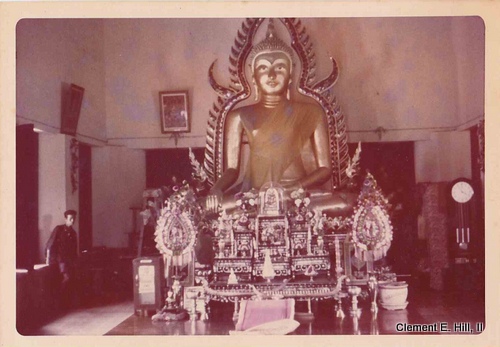
Clem was treated well by the citizens. He was allowed to take photographs of some temples, however, they would not permit images in others.
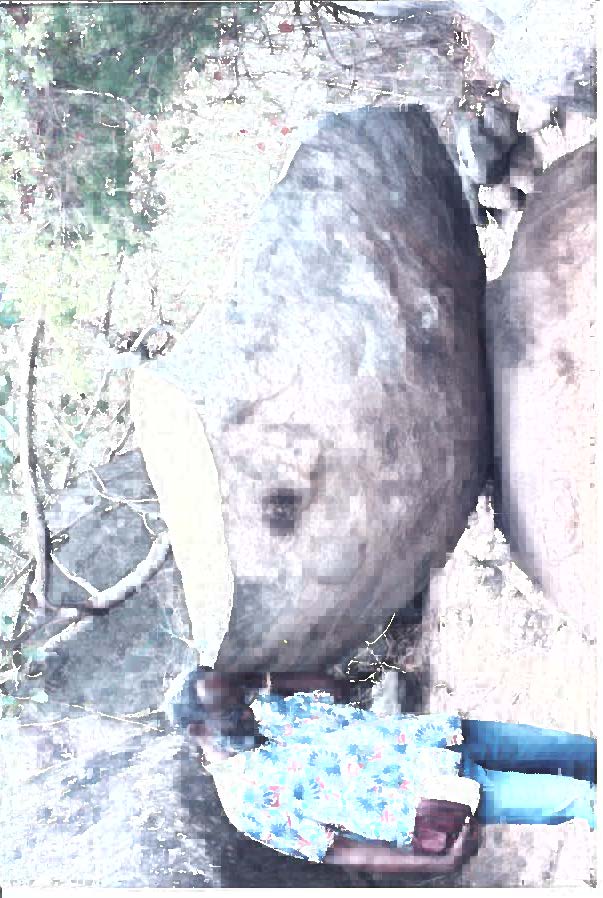
Dr. Clement E. Hill, II on Virgin Gorda, VI (UK),1994 by Allison L. Williams Hill
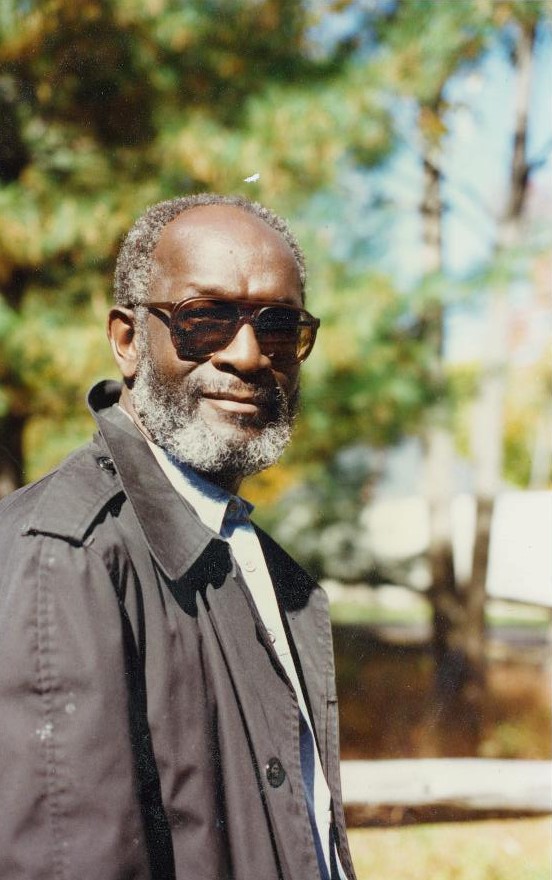
Dr. Clement E. Hill, II in Hope, PA, 1993 by Allison L. Williams Hill
Links
